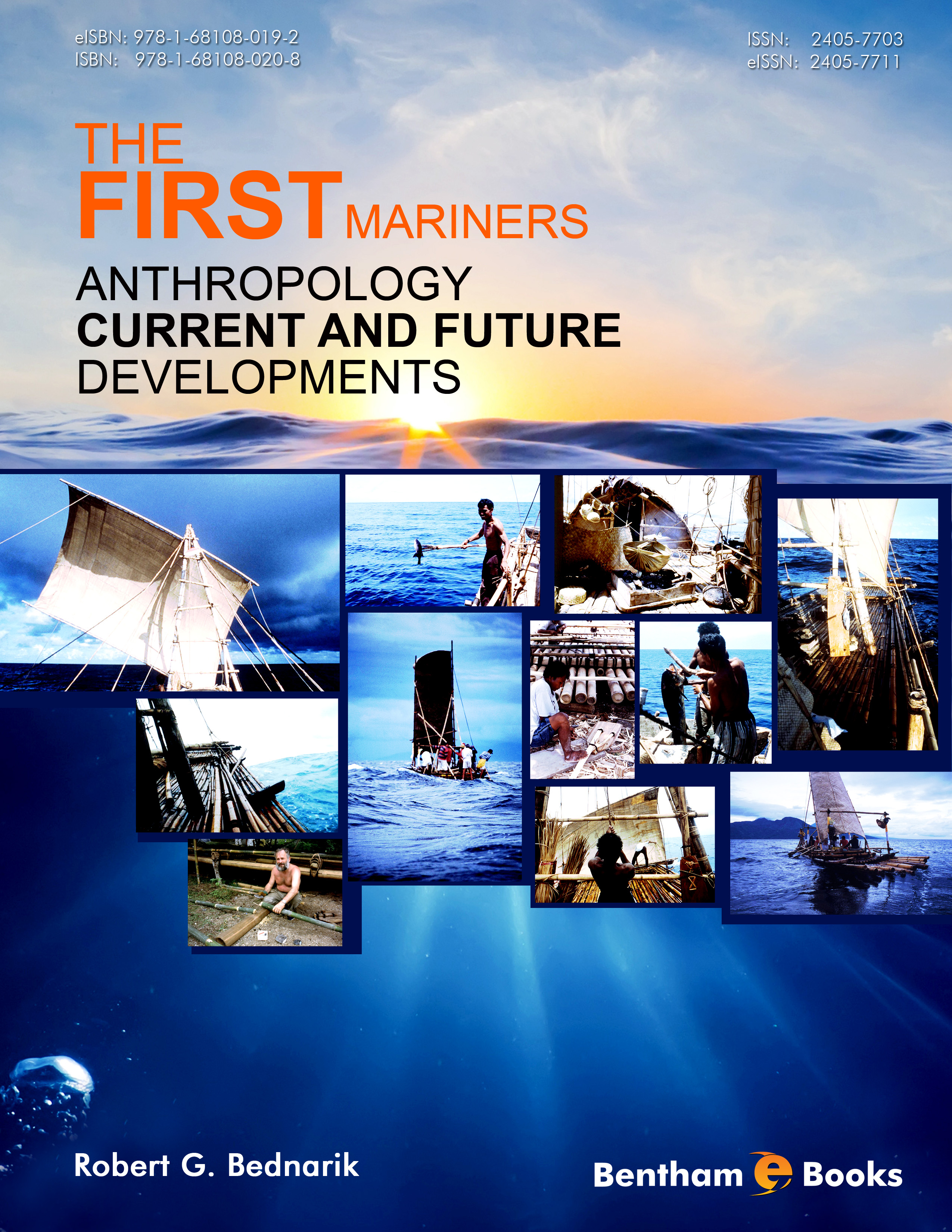I was quite surprised when Bednarik suggested that I write the foreword for this book, for I am
entirely a product of the Euroamerican archaeological establishment he has vociferously criticized
for decades, although my own research and interpretations sometimes deviate considerably from
its august received orthodoxy. In many ways, this present work reminds me very much of
Dr. Robert Bakker’s (1986) book, The Dinosaur Heresies, another volume from a very different
field similarly devoted to upending established orthodoxies. Bakker’s work turned the dinosaurs
from plodding morons into dynamic, even colorful, creatures at drastic odds with the thentraditional
orthodoxy of fossil interpretations. Time and recovery of new and better data has
tended to confirm Bakker’s interpretations. Bednarik gives us a similar tantalizing view of our
own human ancestors with this work, and he rightly chastises our own discipline’s purveyors of
the received orthodoxy as he calls for a paradigm shift. We must, however, be cautious, for
proposals of nautical activity on the part of Lower Pleistocene Homo are unquestionably more
provocative than feathers for tyrannosaurs who genetics have shown to be related closely to birds.
Yet, shifts in paradigmatic perspectives are not new to archaeology at all and they occur independently
of demands for them. In fact, the discipline is replete with them. Consider merely the epistemological
shifts against the previous orthodoxies associated with the following names: Boucher de Perthes,
Breuil, Peyrony, Garrod, Childe, to Bordes, from MacNeish to Binford; changes in the disciplinary
constituency result over time to paradigmatic shifts. This is evolution in action, and it is actually a sign
of a dynamic field, not just a monolithic stasis of orthodoxy. Whereas we frequently describe these
punctuated phenomena less elegantly, often labeling them “disciplinary revisions”, the process is the
same and they are very simply part of the fabric of archaeology.
As is Bednarik’s wont, he paints rather a dismal, if interesting, picture of an embattled archaeology
of Western determinism largely premised upon a severe critique of the orthodox “African
replacement model” of human origins. Although I think Bednarik can tend towards hyperbole on
occasion, we can, I submit, recognize many aspects of our discipline in his words: its tendency to
serve nationalistic and political ends; its domination by a self-elected literary elite who ruthlessly
polices its niche against interpretive heterodoxy; its scientific hubris, in which it constructs itself
as Science even as it uses non-falsifiable premises to frame its basic arguments. So long, however,
as archaeology is practiced by analog minds with biases and pervaded by individual economic
self-interest it will be ever thus. All of Science is pervaded with bias, not merely archaeology.
We find ourselves in a quandary in this regard: we may wish to study biased human organisms
free from human bias, but laboring against intrinsic properties of the biased subject of inquiry is
unwise when the subject is its own biased observer. As someone with a significant Geology
background, I have often compared it to archaeology (aside: why do we generally not capitalize
archaeology while we do other sciences?), admiring it for its cold precision in describing tangible
material, physical, chemical, mineral, and lithological properties. And yet the reason we become
archaeologists is our interest in the intangible human past as opposed to the exhaustive study of
extremely tangible ooids and calcium carbonate outcrops that conform entirely to physicochemical
predictions.
In the past twenty years, despite numerous instances of special-pleading (see Henshilwood and
Marean 2003, for example) the African replacement model has come under tremendous stress, and as its body of thought strains against such challenges we should reflect on some very simple
things. First, we have now the powerful ability to sequence ancient DNA, at least that from
<50 ka, which has presented the African Eve model with a mortal threat against its primary
assumption: that “moderns” and “archaics” were totally separate species. The non-African human
genome is now known to contain Neanderthal DNA; many Southeast Asian genomes contain
Denisovan DNA. If DNA is good enough to solve recent murders in the law courts it is probably
admissible as evidence to ancient human affiliations. Second, a reconsideration of the precious few
examples of Lower-Middle Pleistocene perishable technology visible to us at Schöningen,
Lehringen, and Clacton-on-Sea has given us the barest glimpse at the breadth of the technological
repertoire available to allegedly archaic humans, and it is broader than the traditional orthodoxy
can bear.
Jason R. Thompson
University of Northern Iowa
Cedar Falls, IA 50614,
USA


